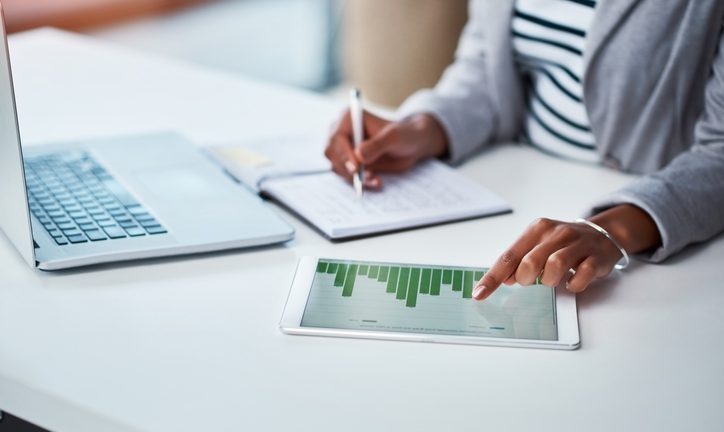A balance sheet report is a type of financial statement that is used to calculate the holdings of a business and its owners. It’s a way for business owners, accountants, and tax preparers to understand the assets, liabilities, and equity in an organization, as it gives a snapshot of a particular point in time.
Introducing the Balance Sheet
A balance sheet is a useful way to understand the financial health of a business at a specific point in time. A balance sheet contains details about three main areas: assets (what the business owns), liabilities (what the business owes), and equity.
The various monetary values in a balance sheet are based on a simple formula:
Assets – Liabilities = Equity
Take the total of what a business owns (assets), deduct the total of what it owes (liabilities) and the result is the total equity and money in the business.
Explaining Assets, Liabilities, Equity, and the Balance Sheet
Assets, liabilities, and equity have a very specific meaning when it comes to the balance sheet.
Assets and the balance sheet
Assets are listed in order of their “liquidity” — how easily they can be converted into cash. There are two main types of assets:
- Current assets — can be converted to cash within a year.
- Long-term assets — can be converted to cash over a longer-term period of more than a year.
Types of current assets shown on a balance sheet
- Cash on hand — money that already exists in a company bank account.
- Accounts receivable — money that the organization is expecting to receive that is invoiced or planned for.
- Cash equivalents — short-term investments like certificates of deposit or treasury bills.
- Inventory — products, finished goods, and materials held by the business that are expected to be purchased.
- Stock and investments — marketable, liquid investment instruments that could be sold.
Types of long-term assets shown on a balance sheet
- Long-term investments — investments that cannot be liquidated quickly.
- Fixed assets — property, vehicles, machinery, land, and other capital assets.
- Intangible assets — other areas including the value of intellectual property, the brand, etc.
Liabilities and the balance sheet
Liabilities are also divided into current and long-term.
Current liabilities
- Current portion of debt — the portion of long-term debt payable in the near-term including principal and interest.
- Accounts Payable — money owed to vendors but not yet paid.
- Money owed to owners — money payable.
Long-term liabilities
- Long-term debt — the total value of debt payable by the business.
- Employee liabilities — pension fund, retirement, and other long-term duties to employees.
Owner equity
Finally, owner equity for organizations is the value of the business that can be attributed to the business owners like sole proprietors or partners. This includes retained earnings and capital accounts.
Related reading on balance sheets from TaxSlayer Pro
- Form 1065 – Schedule L – Balance Sheets per Books
- Creating a Basic Form 1065 – U.S. Return of Partnership Income
- Form 1125-A – Cost of Goods Sold
This article was last edited on August 10, 2021.

